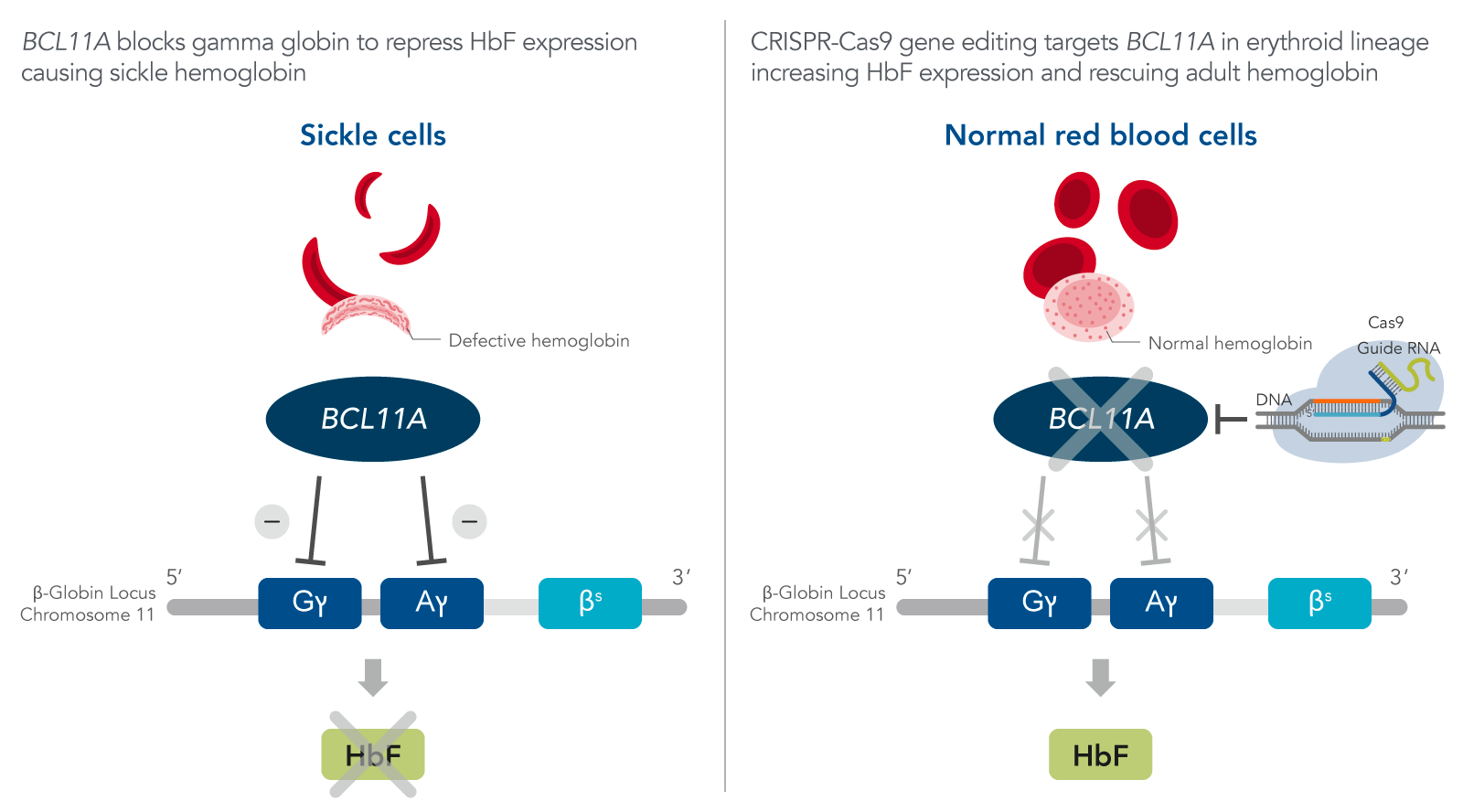Powerful CRISPR: Precise Whole-Gene Insertion Into Human DNA

Table of Contents
Understanding CRISPR-Cas9 for Whole-Gene Insertion
The Mechanism of CRISPR-Cas9
CRISPR-Cas9 works like a highly precise molecular scissor. This system utilizes a guide RNA (gRNA) molecule, designed to be complementary to a specific DNA sequence, to direct the Cas9 enzyme to a target location within the genome. This targeted DNA sequence is then cut, creating a double-strand break. The cell's natural DNA repair mechanisms are then harnessed to insert a new gene. This process relies on homologous recombination, utilizing a donor template DNA containing the desired gene sequence for precise integration.
- Steps in CRISPR-Cas9 mediated gene editing:
- gRNA design and synthesis targeting the specific gene locus.
- Delivery of the CRISPR-Cas9 complex (Cas9 enzyme and gRNA) into the target cells.
- Creation of a double-strand break at the target site.
- Homologous recombination using a donor template containing the desired gene.
- Verification of successful whole-gene insertion.
The accuracy and efficiency of this process are crucial for successful gene therapy, demanding high target specificity and minimizing off-target effects.
Advantages of CRISPR over Previous Methods
CRISPR-Cas9 offers significant advantages over older gene editing technologies like Zinc Finger Nucleases (ZFNs) and Transcription Activator-Like Effector Nucleases (TALENs). These older methods were more complex, costly, and less efficient in achieving whole-gene insertion.
- Superior Precision and Efficiency: CRISPR provides significantly higher targeting accuracy and efficiency, leading to increased successful gene insertion rates.
- Ease of Design and Cost-Effectiveness: Designing and implementing CRISPR-Cas9 experiments is considerably easier and cheaper than with ZFNs or TALENs.
- Reduced Off-Target Effects: While off-target effects are a concern with all gene editing technologies, CRISPR has demonstrated a lower rate of unintended edits compared to previous methods. Continued research is improving this further.
Applications of Precise Whole-Gene Insertion
Gene Therapy for Genetic Disorders
The most promising application of precise whole-gene insertion using CRISPR is gene therapy. This technique offers a potential cure for a vast array of genetic disorders caused by faulty or missing genes.
- Examples of Treatable Diseases:
- Cystic fibrosis: Replacing the mutated CFTR gene with a functional copy could restore lung function.
- Sickle cell anemia: Correcting the mutation in the beta-globin gene could eliminate the debilitating symptoms of this disease.
- Huntington's disease: While extremely challenging, the potential to replace the mutated huntingtin gene offers hope for a cure.
Whole-gene insertion enables the complete replacement of non-functional genes with their correctly functioning counterparts, offering a more complete and potentially permanent cure than previous gene editing methods.
Beyond Gene Therapy: Other Applications
The potential of CRISPR-Cas9 extends far beyond gene therapy. Its ability to precisely manipulate DNA has opened new avenues in various fields.
- Disease Modeling: CRISPR allows researchers to create accurate disease models in cells and animals, accelerating research and drug discovery.
- Agricultural Applications: Modifying crop genomes using CRISPR could lead to enhanced yields, increased nutritional value, and improved resistance to pests and diseases.
- Biofuel Production: Engineering microorganisms for more efficient biofuel production is another promising area.
Challenges and Ethical Considerations
Off-Target Effects and Safety Concerns
While CRISPR is a powerful tool, potential off-target effects and other safety concerns must be carefully considered. Off-target edits, meaning unintended changes at locations other than the target site, are a significant risk.
- Minimizing Off-Target Effects: Strategies are being developed to improve target specificity and minimize off-target effects, including improved gRNA design and the use of high-fidelity Cas9 variants.
- Rigorous Safety Protocols: Strict safety protocols are essential throughout the research and clinical application of CRISPR technology, requiring comprehensive risk assessment and monitoring.
Ongoing research focuses on refining CRISPR technology to enhance safety and precision.
Ethical Implications of Human Genome Editing
The ability to edit the human genome raises profound ethical questions. Germline editing, which alters genes that can be passed on to future generations, is particularly controversial.
- Germline Editing Concerns: The potential for unforeseen long-term consequences and the ethical implications of altering the human gene pool require careful consideration.
- Responsible Innovation: Open discussions and transparent regulations are crucial to ensure the responsible development and application of CRISPR-Cas9 technology in humans.
Conclusion
CRISPR-Cas9 technology represents a significant advancement in precise whole-gene insertion into human DNA. Its ability to efficiently and accurately target specific genomic locations offers revolutionary potential for gene therapy, treating a wide range of previously incurable genetic disorders. While challenges, including off-target effects and ethical considerations, remain, ongoing research is addressing these issues. The future of powerful CRISPR technology for precise whole-gene insertion holds tremendous promise for transforming medicine and many other scientific fields. Continued research, responsible development, and open ethical dialogue are essential to harness the full potential of this groundbreaking technology.

Featured Posts
-
 Death Of Baylor Football Player Alex Foster Prompts City Curfew
May 30, 2025
Death Of Baylor Football Player Alex Foster Prompts City Curfew
May 30, 2025 -
 Kawasaki Disease Etiology Emerging Evidence For A Single Respiratory Virus
May 30, 2025
Kawasaki Disease Etiology Emerging Evidence For A Single Respiratory Virus
May 30, 2025 -
 Cts Eventim Q1 2024 Adjusted Ebitda And Revenue Growth
May 30, 2025
Cts Eventim Q1 2024 Adjusted Ebitda And Revenue Growth
May 30, 2025 -
 Ticketmaster Mayor Transparencia En Los Precios De Las Entradas
May 30, 2025
Ticketmaster Mayor Transparencia En Los Precios De Las Entradas
May 30, 2025 -
 Sparks Mad A Critical Analysis Of The New Album
May 30, 2025
Sparks Mad A Critical Analysis Of The New Album
May 30, 2025
